Quarry tile is offered in different sizes such as 8×8 and based on the application, the thickness (mm) can be different. A supplier can offer this type of ceramic, regarding the customer’s requirement. Quarry bricks are hard, waterproof paving bricks made from crushed minerals and fired in the same way as bricks. Quarry bricks are generally harder than regular clay bricks due to the minerals used and the high firing temperature. Unlike clay terracotta, porcelain stoneware tiles are non-porous and impermeable; unlike ceramic and porcelain tiles, porcelain stoneware tiles have no surface glaze. Quarry tiles do not come from a quarry. The name of the quarry is misleading. The tiles themselves are not cut in a quarry like granite slabs. Instead, minerals such as feldspar, clay, and shale (all of which may have been mined) are ground together, extruded into tiles, and fired at high temperatures. 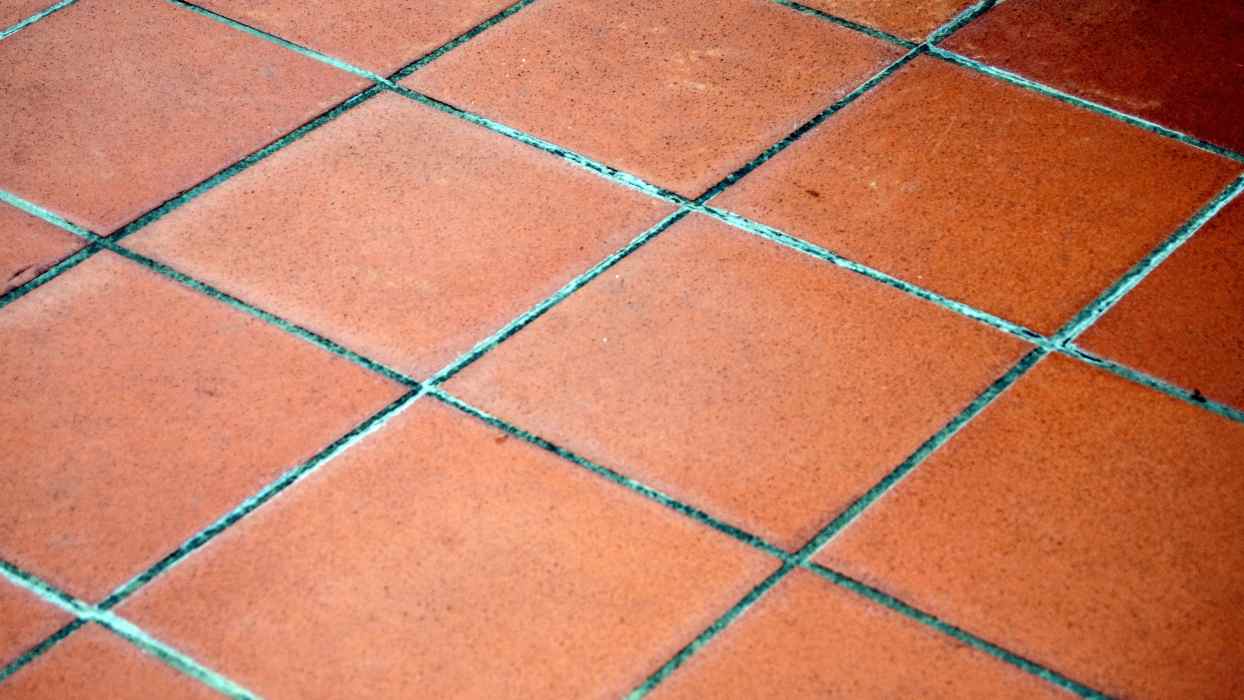 It is a myth that quarry tiles are only found in commercial buildings. Many commercial buildings use quarry tile because it hides stains well and is very durable. This does not mean that terracotta tiles are limited to strictly functional everyday workspaces. Many homeowners install them when they want to add a unique and warm touch to certain rooms in their homes. Although you may not find quarry tiles in your bedroom, you can often find them in porches, entryways, and even kitchens. Career tiles are generally considered red. Quarry tiles are usually red, but can also be brown, gray, or beige. Quarry tiles can be found in lighter shades, but keep in mind that unsealed quarry tiles can leave stains. Therefore, your light-colored terracotta tiles will show dirt if installed outdoors. It is this color palette that allows quarry tiles to be installed in more areas than outdoor patios and walkways.
It is a myth that quarry tiles are only found in commercial buildings. Many commercial buildings use quarry tile because it hides stains well and is very durable. This does not mean that terracotta tiles are limited to strictly functional everyday workspaces. Many homeowners install them when they want to add a unique and warm touch to certain rooms in their homes. Although you may not find quarry tiles in your bedroom, you can often find them in porches, entryways, and even kitchens. Career tiles are generally considered red. Quarry tiles are usually red, but can also be brown, gray, or beige. Quarry tiles can be found in lighter shades, but keep in mind that unsealed quarry tiles can leave stains. Therefore, your light-colored terracotta tiles will show dirt if installed outdoors. It is this color palette that allows quarry tiles to be installed in more areas than outdoor patios and walkways. 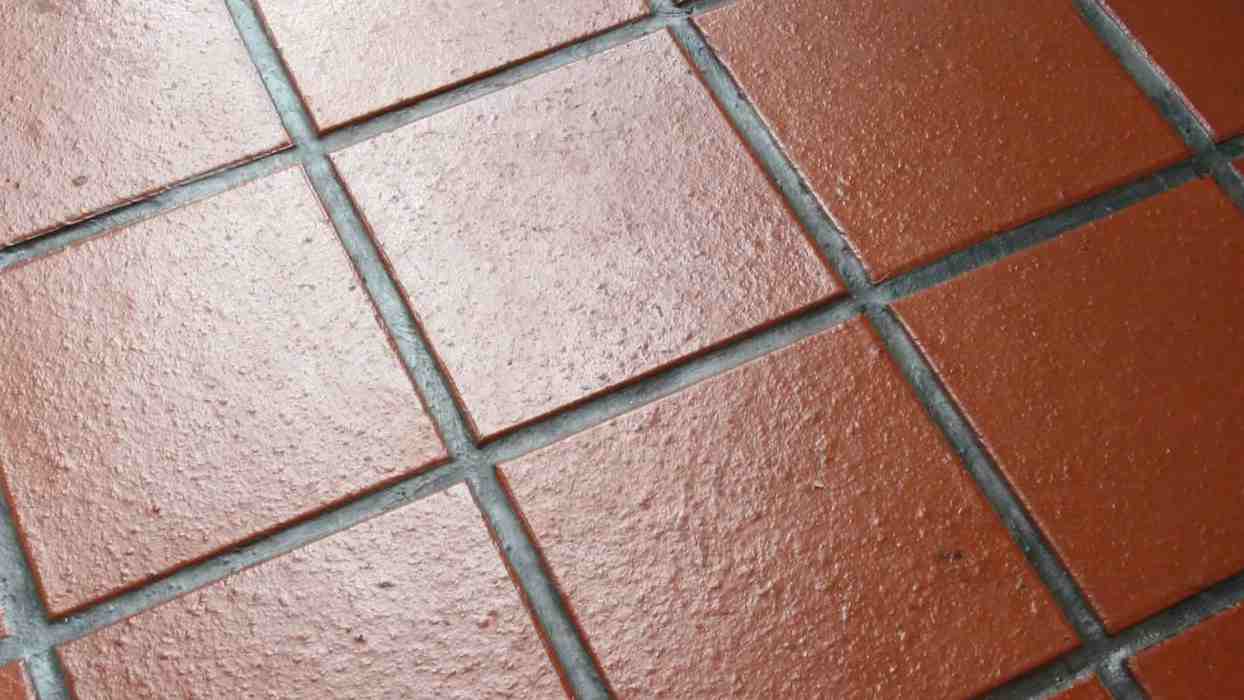
Quarry tile supplier
When you want to buy quarry tile from a supplier, you have to bear in mind some points. Quarry tile is a traditional flooring material for indoor and outdoor use. Made from fired clay, they are very durable, sometimes for decades, and some varieties are frost resistant. They are available in a variety of colors, including red, brown, gray, purple, and black. One of the most widespread exterior uses of modern quarry tiles was in the Barbican development in London in the 1960s and 1970s. Terracotta floor tiles have been used since Roman times but fell out of favor in the Middle Ages. The most likely reason is that the technology introduced by the Romans was ignored or forgotten. However, the Industrial Revolution sparked interest in the Victorian era, when they were mass-produced with bricks for use in homes, churches, and public buildings.  Today they are considered a “natural” material because they are made from fired clay and are widely used, especially for fireplaces, conservatories, and kitchens, where they can complement modern designs and traditional. In addition to floors, they can also be used on walls and countertops. They are also used in industry. Installation: Quarry bricks are usually laid on a bed of cement mortar 10mm thick, spaced 9-10mm apart, and the joints are filled with cement mortar. Wall joints can be hidden with recessed tiles for easy cleaning, while a range of special rounded tiles is available for terminations, edges, and more. Quarry Bricks are made from crushed materials and the craftsmanship is very similar to Bricks (although technically more powerful). Quarry tiles are made from ground minerals such as feldspar, clay, and shale, which are ground together and then fired at temperatures above 2000 degrees.
Today they are considered a “natural” material because they are made from fired clay and are widely used, especially for fireplaces, conservatories, and kitchens, where they can complement modern designs and traditional. In addition to floors, they can also be used on walls and countertops. They are also used in industry. Installation: Quarry bricks are usually laid on a bed of cement mortar 10mm thick, spaced 9-10mm apart, and the joints are filled with cement mortar. Wall joints can be hidden with recessed tiles for easy cleaning, while a range of special rounded tiles is available for terminations, edges, and more. Quarry Bricks are made from crushed materials and the craftsmanship is very similar to Bricks (although technically more powerful). Quarry tiles are made from ground minerals such as feldspar, clay, and shale, which are ground together and then fired at temperatures above 2000 degrees. 
8×8 tile thickness mm
As it is mentioned earlier, based on the place the size and thickness of a tile can be different. Thickness is measured in mm. 8×8 tiles are used for interior and exterior places. If you want classic elegance in any space inside or outside your home, 8X8 tiles are perfect for you. 8X8 tile is a durable, stylish, and easy to maintain tile option available in a variety of tile patterns such as an ornament, diamond, Spanish, and hexagon. Quarry tile is an unglazed tile produced for commercial applications including commercial kitchens, food preparation areas, and more. It is an excellent choice for commercial spaces due to its durability, slip resistance, water absorption, color options, and frost resistance. Click here to see full career tile color options and trim pieces. Quarry tiles do not come from a quarry. Instead, tile makers mix materials such as clay, feldspar, and shale and then extrude them as tiles. 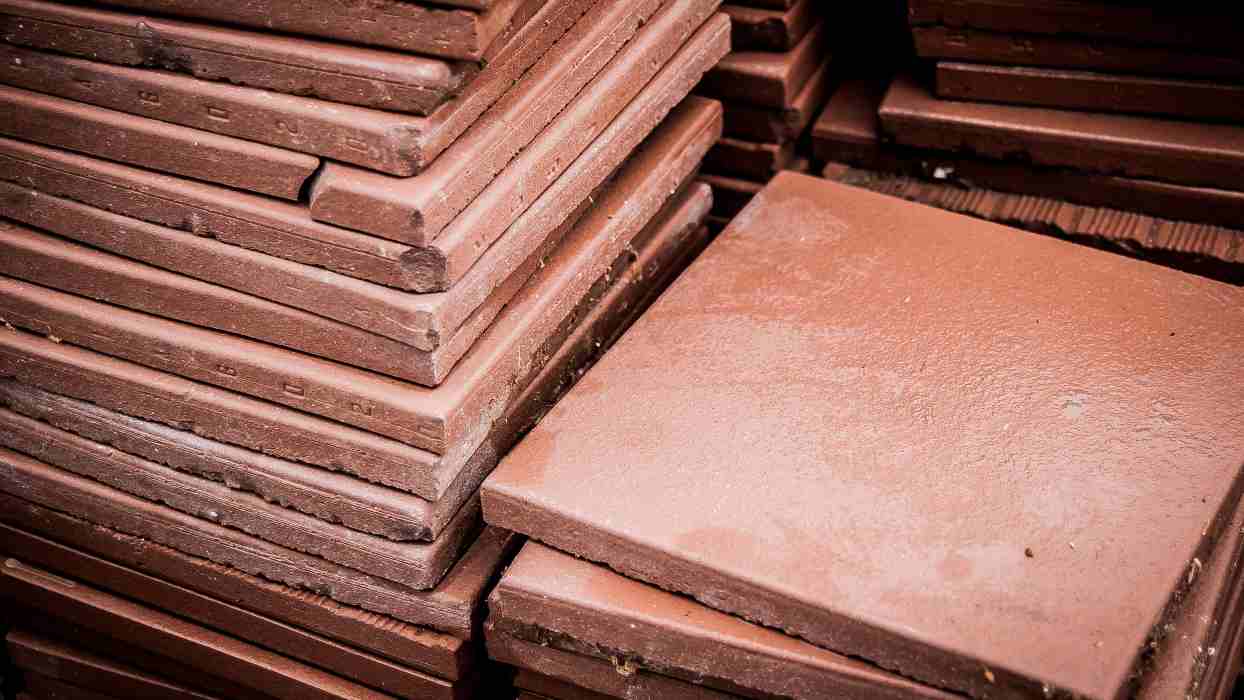 After shaping the material into tiles, the new tiles are heat treated at high temperatures. The result is a strong and durable tile with a high level of water resistance. This means that quarry tiles are an excellent choice for wet rooms, bathrooms, or walk-in showers. If you need help with your project, we have an article on walk-in showers here. Quarry tiles are an excellent flooring solution. Many commercial buildings rely on quarry tile for its stain resistant and long lasting properties. This is because they provide a durable floor surface for high traffic areas. The strength and elasticity of these tiles are not only suitable for commercial applications. Many homeowners can benefit from installing terracotta tile floors or walls. Quarry tiles add a unique visual aesthetic to a room with a warm feel and classic look. Quarry tiles are not suitable for bedrooms, but they work well as floors in kitchens, patios, porches, entryways, or hallways.
After shaping the material into tiles, the new tiles are heat treated at high temperatures. The result is a strong and durable tile with a high level of water resistance. This means that quarry tiles are an excellent choice for wet rooms, bathrooms, or walk-in showers. If you need help with your project, we have an article on walk-in showers here. Quarry tiles are an excellent flooring solution. Many commercial buildings rely on quarry tile for its stain resistant and long lasting properties. This is because they provide a durable floor surface for high traffic areas. The strength and elasticity of these tiles are not only suitable for commercial applications. Many homeowners can benefit from installing terracotta tile floors or walls. Quarry tiles add a unique visual aesthetic to a room with a warm feel and classic look. Quarry tiles are not suitable for bedrooms, but they work well as floors in kitchens, patios, porches, entryways, or hallways. 
8×8 quarry tile
The quarry tile is produced in different colors and sizes such as 2×4, 2×6, 8×8, and 12×12 to name a few. However, depending on the manufacturer, you can get quarry tiles ranging from brown and beige to gray and blue. When choosing quarry bricks, it is important to keep in mind that lighter colors will show dirt faster, so keep this in mind when choosing quarry brick colors. Quarry tiles have a waterproof finish. This means that they are completely waterproof and you don’t need to seal them either. Porous tiles such as travertine will absorb moisture. This moisture can discolor tiles and damage your floors. With terracotta tiles, you can achieve a waterproof finish. However, when installing tile, be sure to use good quality grout and properly sized expansion joints to prevent cracking. Some homeowners may confuse quarry tile with terracotta tile. Terracotta is porous and you will need to seal it in wet weather. Quarry tiles are generally smaller in size. The average tile size is around 6″ x 6″, but you can find tiles as large as 8″ x 8″. This is quite a different size from the standard 12″ x 12″ tiles. Most quarry tiles are thick and you can expect to find most tiles 1/2″ to 3/4″ thick. This is much thicker than the standard 3/8″ to 5/8″ tile size. As a result, you get stronger, more durable tiles that can withstand the high foot traffic around your home. Typically, you won’t find tiles that are 12″ x 12″ or larger. The most common size for quarry tiles is 6″ square, but can be as large as 8″ square. Quarry tiles are thicker than tiles. 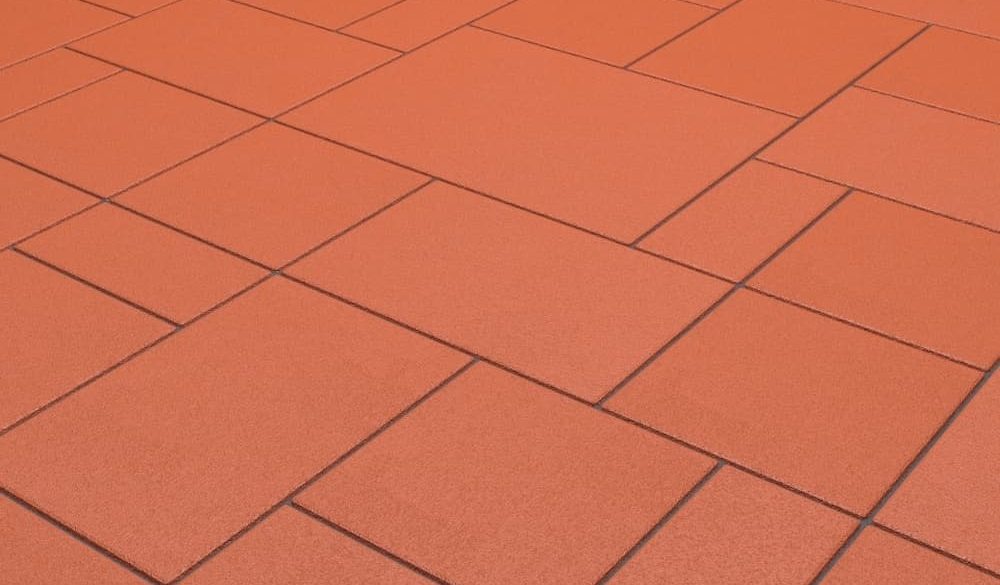
tile thickness mm
the thickness of the tile is measured in inch or mm. Nearly all quarry tiles are 1/2″ to 3/4″ thick. But tiles are also between 3/8″ and 5/8″ thick, just like some tiles. Square tiles are the most common choice for flooring, although rectangular tiles are also popular, while specialty shapes and styles (octagonal, hexagonal, trapezoidal, penny tiles) offer options when looking for impact. high visual. Sizes vary considerably. Standard sizes for square tiles start at 2 x 2 inches to 24 x 24 inches, with other shapes of similar sizes. Typical floor tile thicknesses range from 3/8″ to 1/2″, with most being between 1/3 and 1/2″, larger tiles are generally thicker than smaller ones. 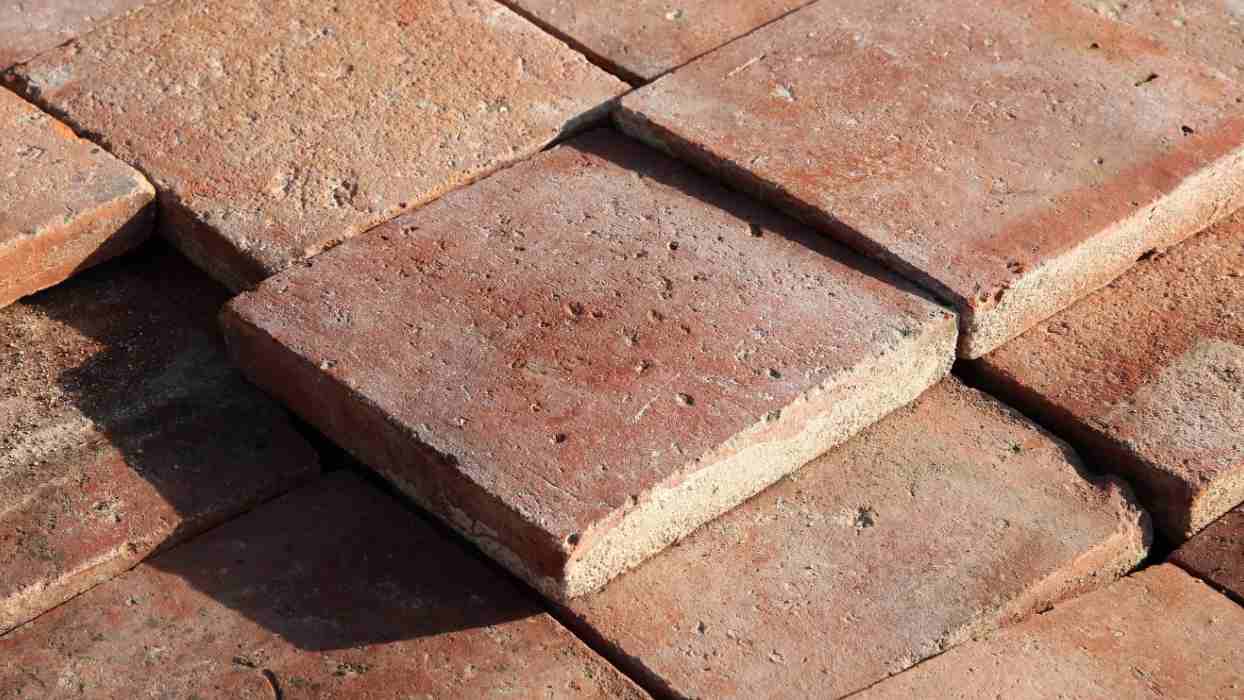 Some tiles will go to the beyond that, with extra-large tiles sometimes reaching 5/8 inch thick, while smaller decorative tiles are only 1/8 inch thick., metric floor tile thickness typically starts at 10mm (about 3/8 inch) and increases from there. Ceramic wall tiles are slenderer for a few reasons. Floor tiles need to be thick to withstand years of foot traffic, the weight of furniture, and the hard impact of falling objects. None of these work with wall tiles, and thinner tiles are lighter and easier to install. Typical thicknesses are 1/4″ to 3/8″ (6 to 10mm for metric sizes), but decorative tiles can be as thin as 1/8″. As with floor tiles, sizes and shapes vary. Squares and rectangles are the most common shapes, but for design purposes you can turn to special shapes or oversized tiles for visual impact. Floor tiles can be used on walls if you are prepared to deal with their extra thickness and weight. Wall tiles should not be used on the floor as they are not designed to withstand this use.
Some tiles will go to the beyond that, with extra-large tiles sometimes reaching 5/8 inch thick, while smaller decorative tiles are only 1/8 inch thick., metric floor tile thickness typically starts at 10mm (about 3/8 inch) and increases from there. Ceramic wall tiles are slenderer for a few reasons. Floor tiles need to be thick to withstand years of foot traffic, the weight of furniture, and the hard impact of falling objects. None of these work with wall tiles, and thinner tiles are lighter and easier to install. Typical thicknesses are 1/4″ to 3/8″ (6 to 10mm for metric sizes), but decorative tiles can be as thin as 1/8″. As with floor tiles, sizes and shapes vary. Squares and rectangles are the most common shapes, but for design purposes you can turn to special shapes or oversized tiles for visual impact. Floor tiles can be used on walls if you are prepared to deal with their extra thickness and weight. Wall tiles should not be used on the floor as they are not designed to withstand this use. 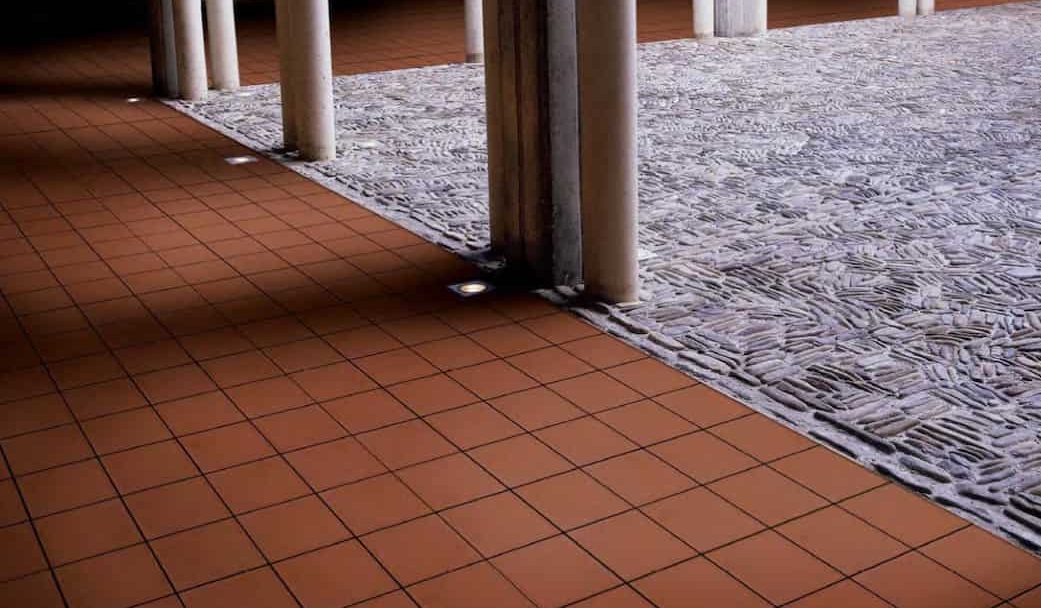
8×8 tile supplier
The tile supplier can provide the ceramic with different patterns and sizes. 8×8 tile is a proper size for various applications. Quarry tile is an unglazed tile known to be inexpensive, very durable and natural. This type of tile is typically used in industrial settings, but is also suitable for domestic use. Available in a variety of shades, this tile works great with a variety of designs; many flooring suppliers have quarry tiles and are happy to provide interested customers with samples of what they have in stock. The process of making quarry tiles involves mixing clay with other materials, such as shale, to form a coarse mixture, which is then passed through an extruder to create very dense tiles. After the tile is cut, it is fired at a high temperature, which changes the chemical composition of the clay and creates a thick, hard tile that is very durable. Common tile shades are red and orange, but gray and sometimes green can also be used. Typically, quarry bricks have ridges on the underside to aid adhesion to the grout. 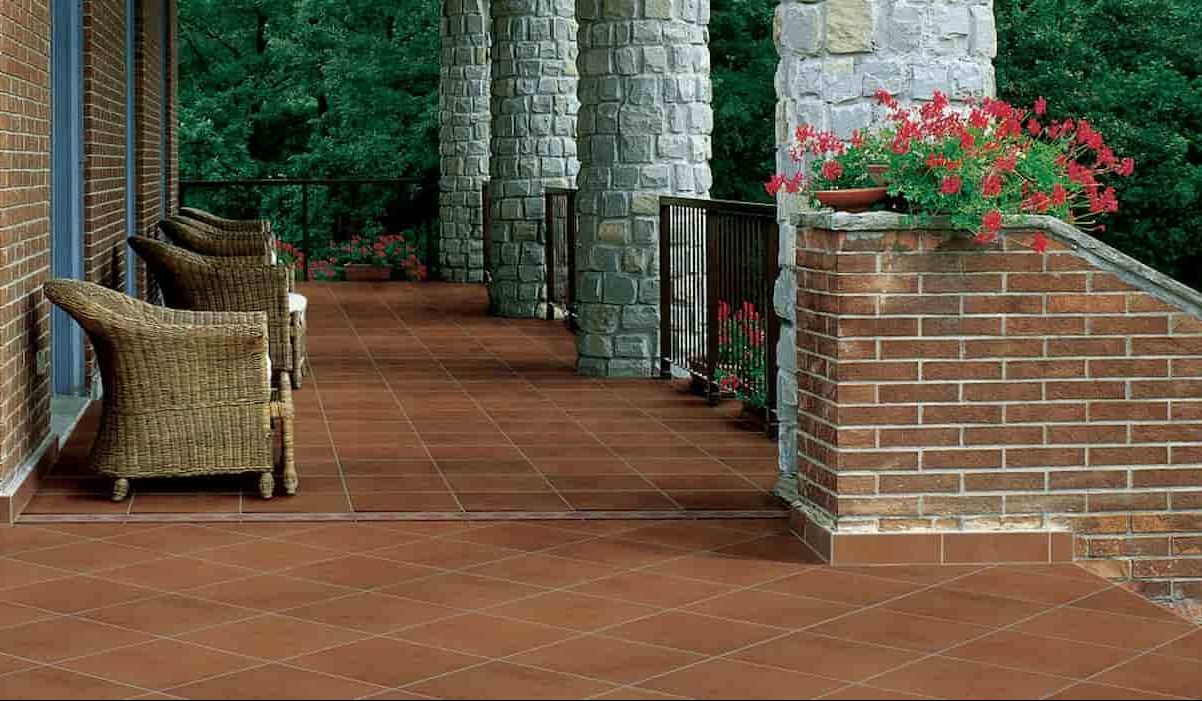 The tops of the slabs are rough because they are not glazed; this surface promotes traction, which is useful in environments such as paths and kitchens. When laying tiles, apply a coat of grout, then run the grout between the tiles to encourage them to bond together. As quarry tiles age, they acquire a natural patina and may also pick up stains. Because the color of tiles changes naturally, it can sometimes be difficult to detect stains, which can be advantageous in kitchens where falling food can cause stains. The durability of the tile makes it less prone to chips and scratches due to abrasion. These unglazed quarry tiles are naturally stained and slip resistant and feature an abrasive grain for better traction in demanding commercial spaces indoors and out. Quarry bricks are made from red clay shaped by hand or machine. The quarry tiles are dried before being fired in large honeycomb kilns. The clay is fired at extremely high temperatures – much higher than ceramic tiles – which make the quarry tiles naturally dense, non-porous, impermeable, and with low water absorption.
The tops of the slabs are rough because they are not glazed; this surface promotes traction, which is useful in environments such as paths and kitchens. When laying tiles, apply a coat of grout, then run the grout between the tiles to encourage them to bond together. As quarry tiles age, they acquire a natural patina and may also pick up stains. Because the color of tiles changes naturally, it can sometimes be difficult to detect stains, which can be advantageous in kitchens where falling food can cause stains. The durability of the tile makes it less prone to chips and scratches due to abrasion. These unglazed quarry tiles are naturally stained and slip resistant and feature an abrasive grain for better traction in demanding commercial spaces indoors and out. Quarry bricks are made from red clay shaped by hand or machine. The quarry tiles are dried before being fired in large honeycomb kilns. The clay is fired at extremely high temperatures – much higher than ceramic tiles – which make the quarry tiles naturally dense, non-porous, impermeable, and with low water absorption.

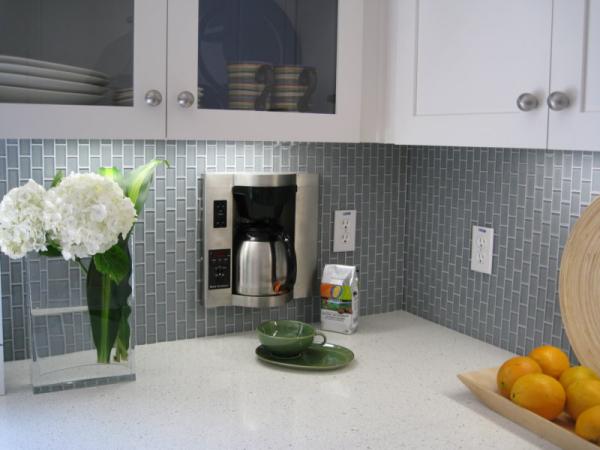
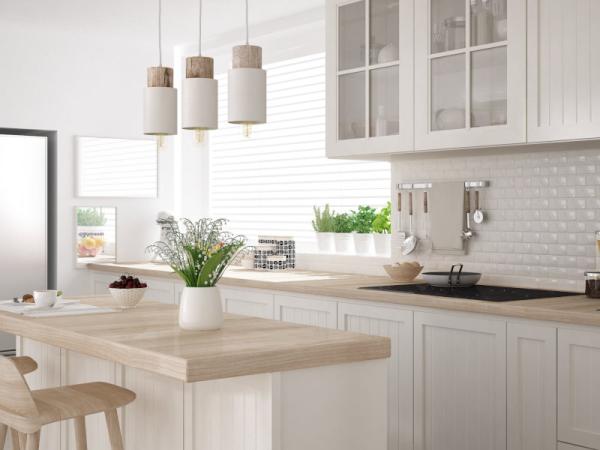



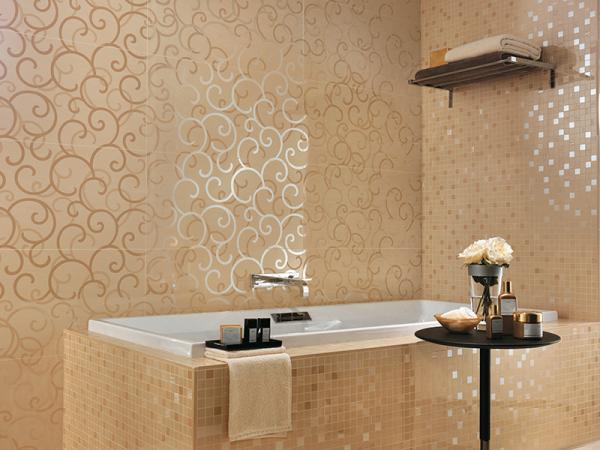
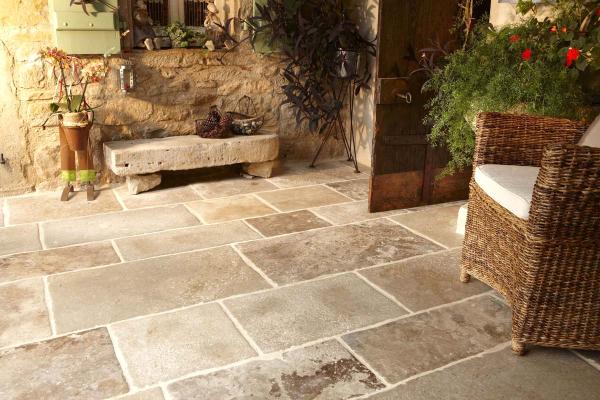
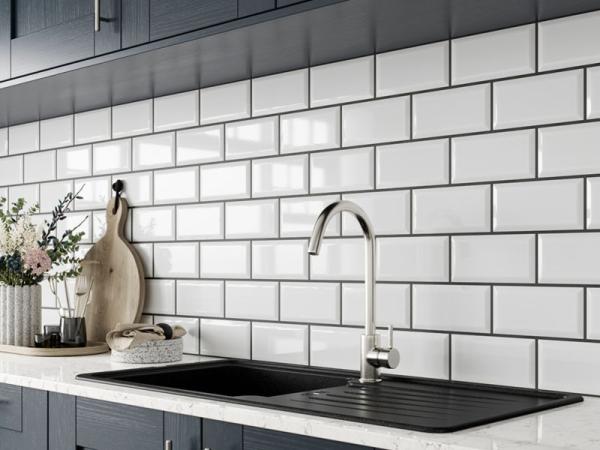
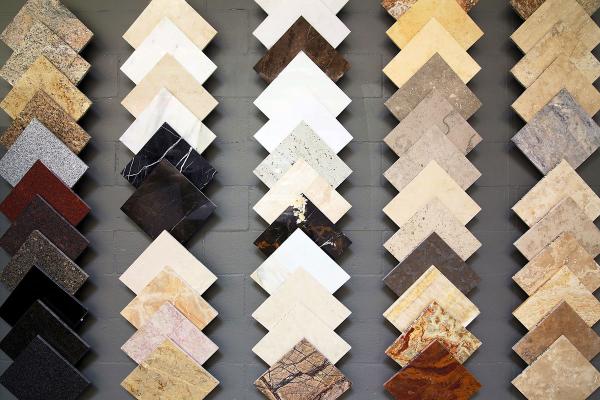
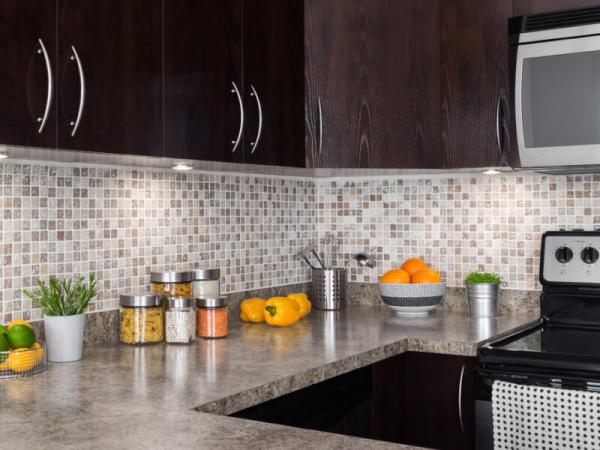
Your comment submitted.